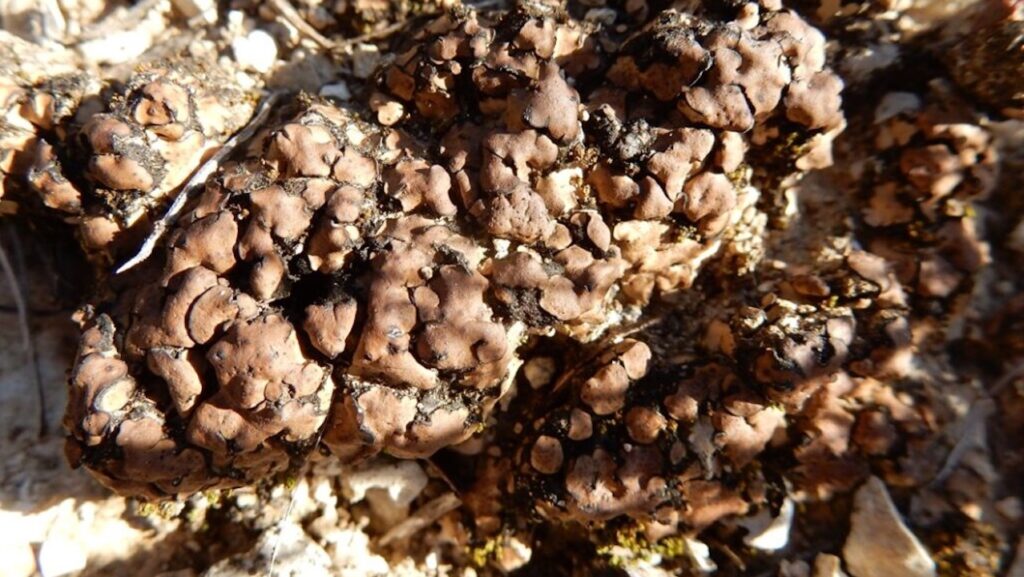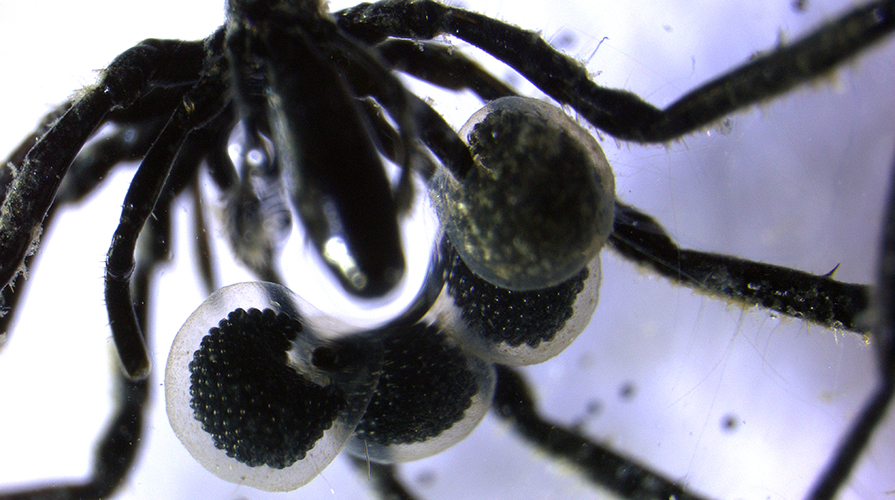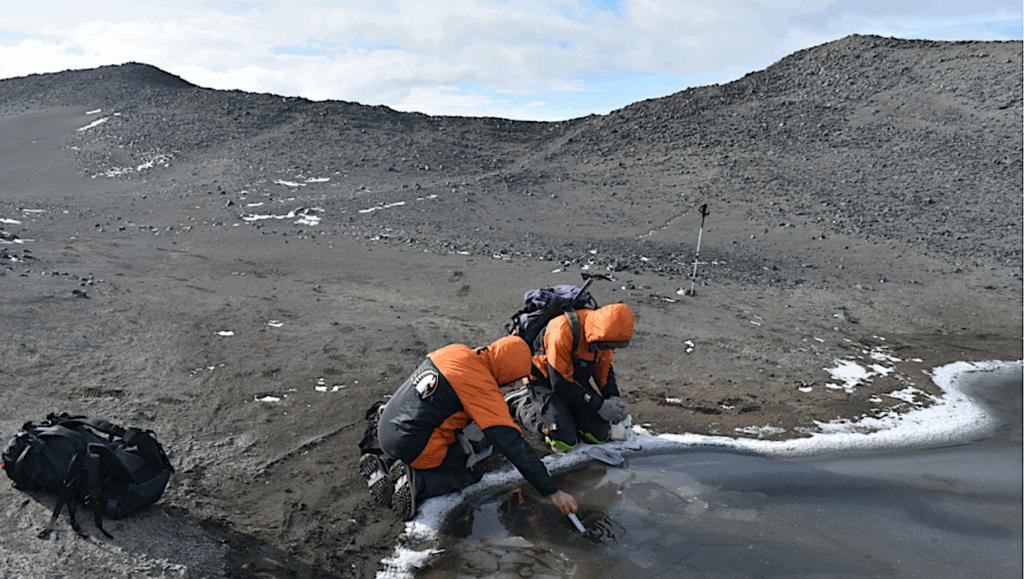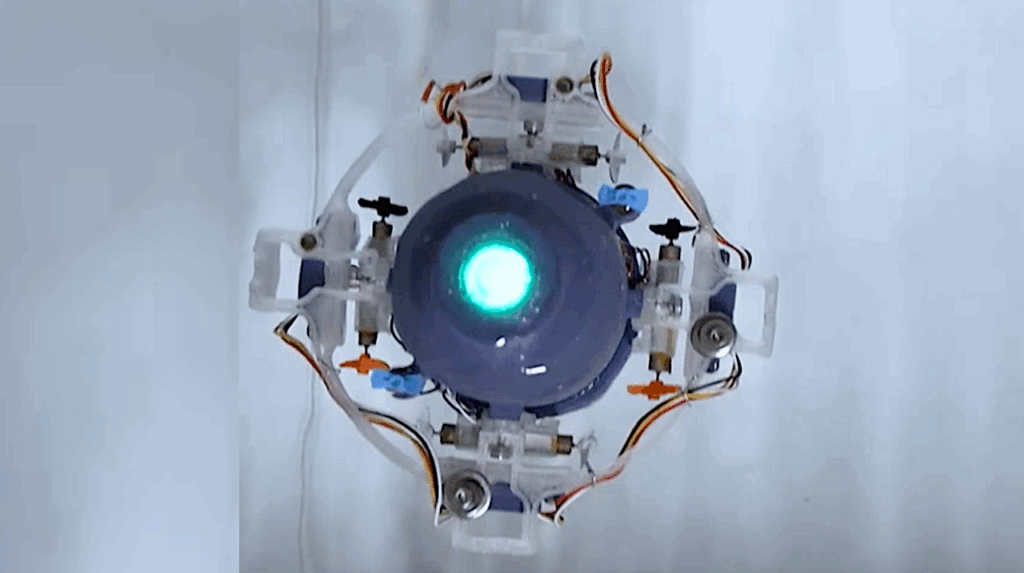Kawah Ijen Crater Lake Is Highly Acidic – But Home To Life
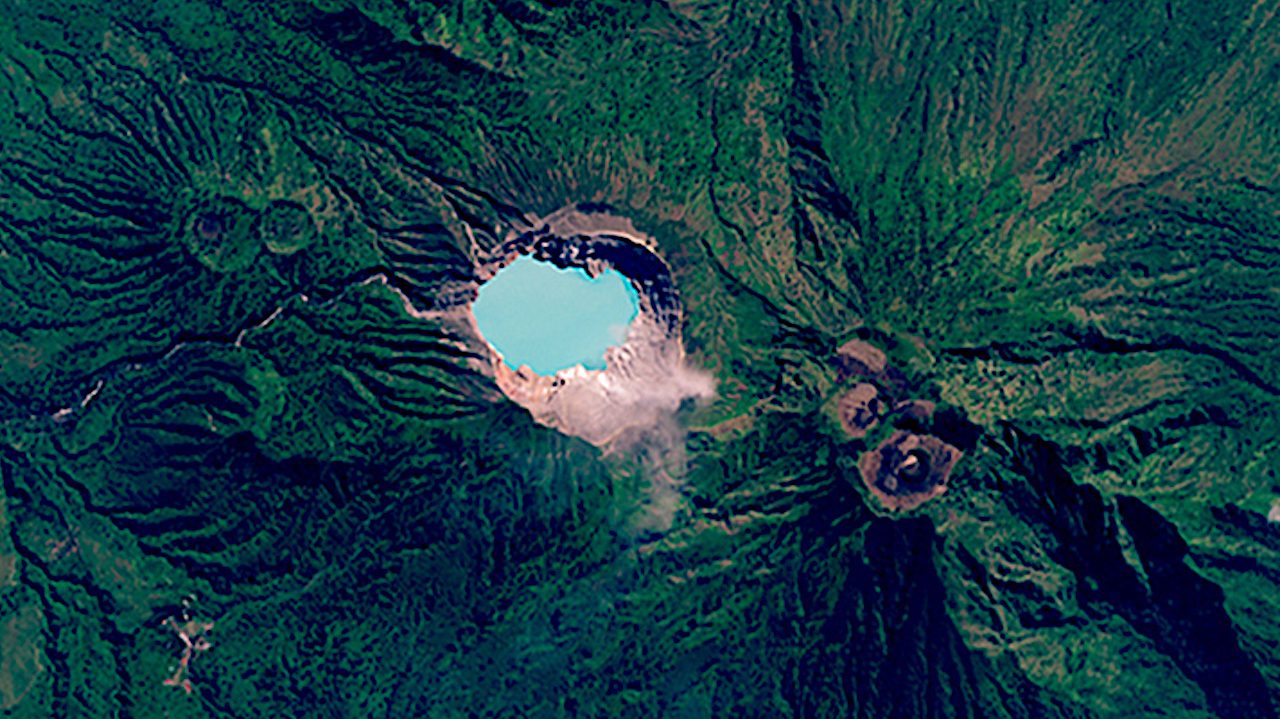
According to an ESA image release in East Java, Indonesia, lies the Kawah Ijen Crater Lake – the world’s largest acidic lake. The image here has been captured by the Copernicus Sentinel-2 mission which provides optical images of Earth’s surface. In this true-colour image, we can see Kawah Ijen with its striking turquoise blue waters.
Although seemingly inviting, the lake is filled with a high concentration of sulphuric and hydrochloric acids, as well as dissolved minerals. Though this deems the lake unswimmable, it makes it incredibly easy to spot from space. The water in the Kawah Ijen Crater Lake has pH values as low as 0.5, similar to the strength of car battery acid.
The lake’s unnaturally high acidity is not its sole frightening characteristic. It also emits hot, flammable sulphurous gases that ignite as they enter Earth’s oxygen-rich atmosphere. These then burn with an eerie, blue flame, creating an enchanting nighttime spectacle.
Also seen in the larger image is the Raung, or Gunung Raung Volcano, one of the most active volcanoes on the island of Java. With an impressive height of 3332 m, it looms in the immediate southwest vicinity.
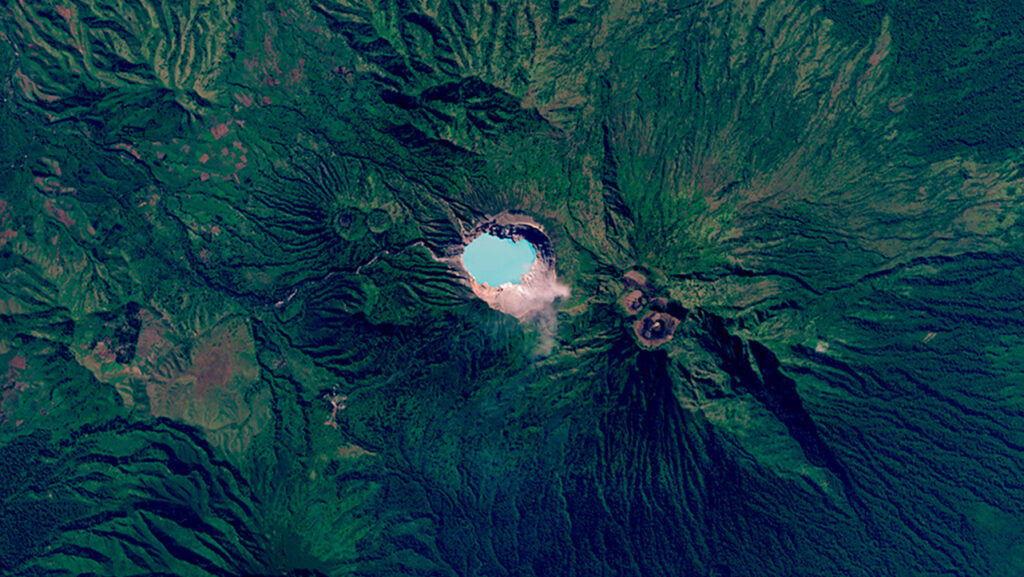
Credits: contains modified Copernicus Sentinel data (2023), processed by ESA, CC BY-SA 3.0 IGO Larger image
Here is the same image after processing Larger image
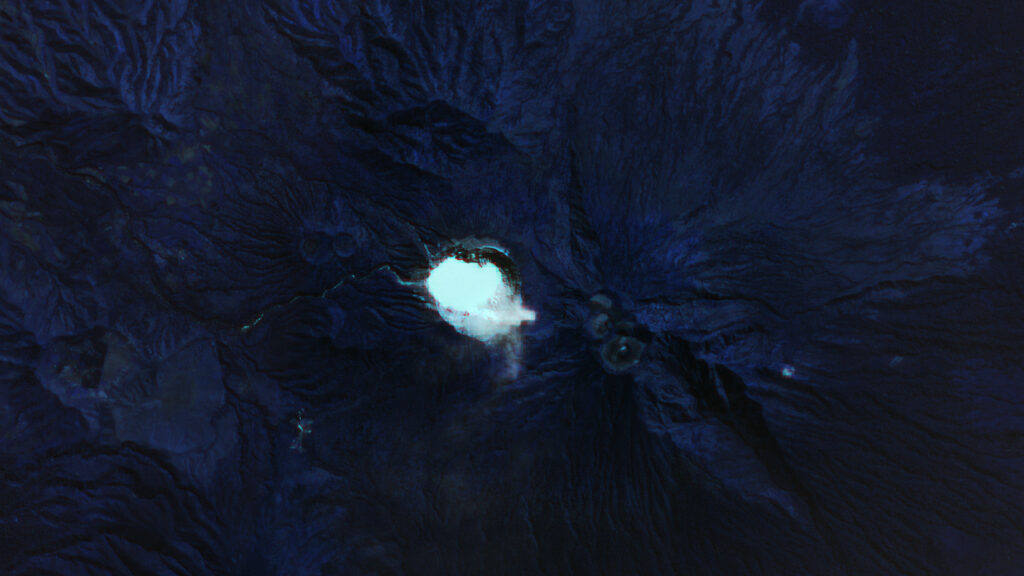
Editor’s note: Despite the seemingly hostile conditions there is life here.
According to Microbial communities in the world’s largest acidic volcanic lake, Kawah Ijen in Indonesia, and in the Banyupahit river originating from it, Microbial Ecology (2006):
“A first study was made on the microbial community composition of the Indonesian crater lake Kawah Ijen (pH < 0.3) and the Banyupahit-Banyuputih river (pH 0.4-3.5) originating from it. Culture-independent, rRNA gene-based denaturing gradient gel electrophoresis was used to profile microbial communities in this natural and ancient, extremely acidic environment. Similarity in community profiles of the different sampling locations was low, indicating heterogeneity in community composition. Archaea were present at all sampling locations; archaeal diversity was low at the most acidic locations and increased at pH >2.6. Bacteria were not detected in the water column of the crater lake, but were found at all locations along the acidic river. Bacterial diversity increased with increasing pH. Eukarya were only present at pH >2.6. Retrieved rRNA gene sequences of Bacteria and Archaea were not closely related to known acidophilic species. It is concluded that tolerance to extreme acidity in this system is developed most extensively among Archaea. The acidity gradient of the Banyupahit-Banyuputih river has a clear effect on microbial community composition and biodiversity.”
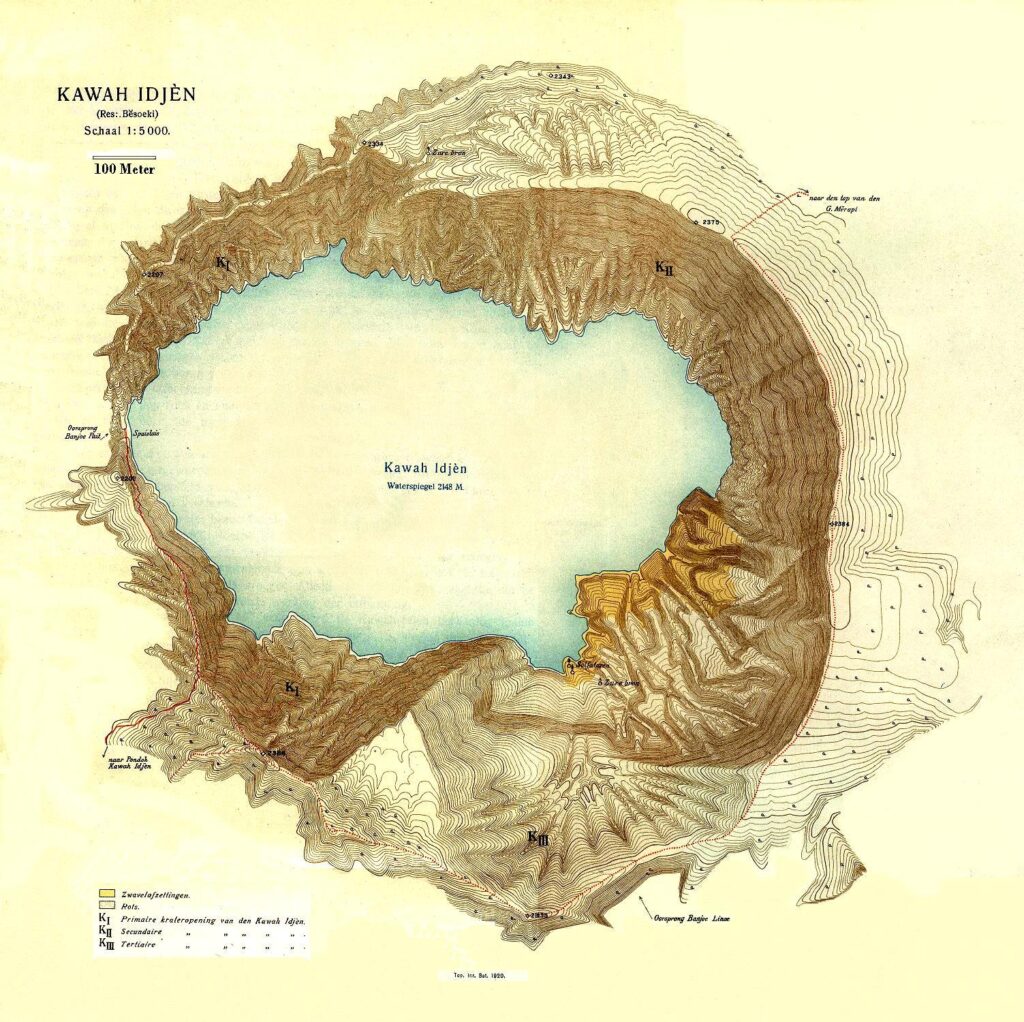
Map (Wikipedia)
Astrobiology


